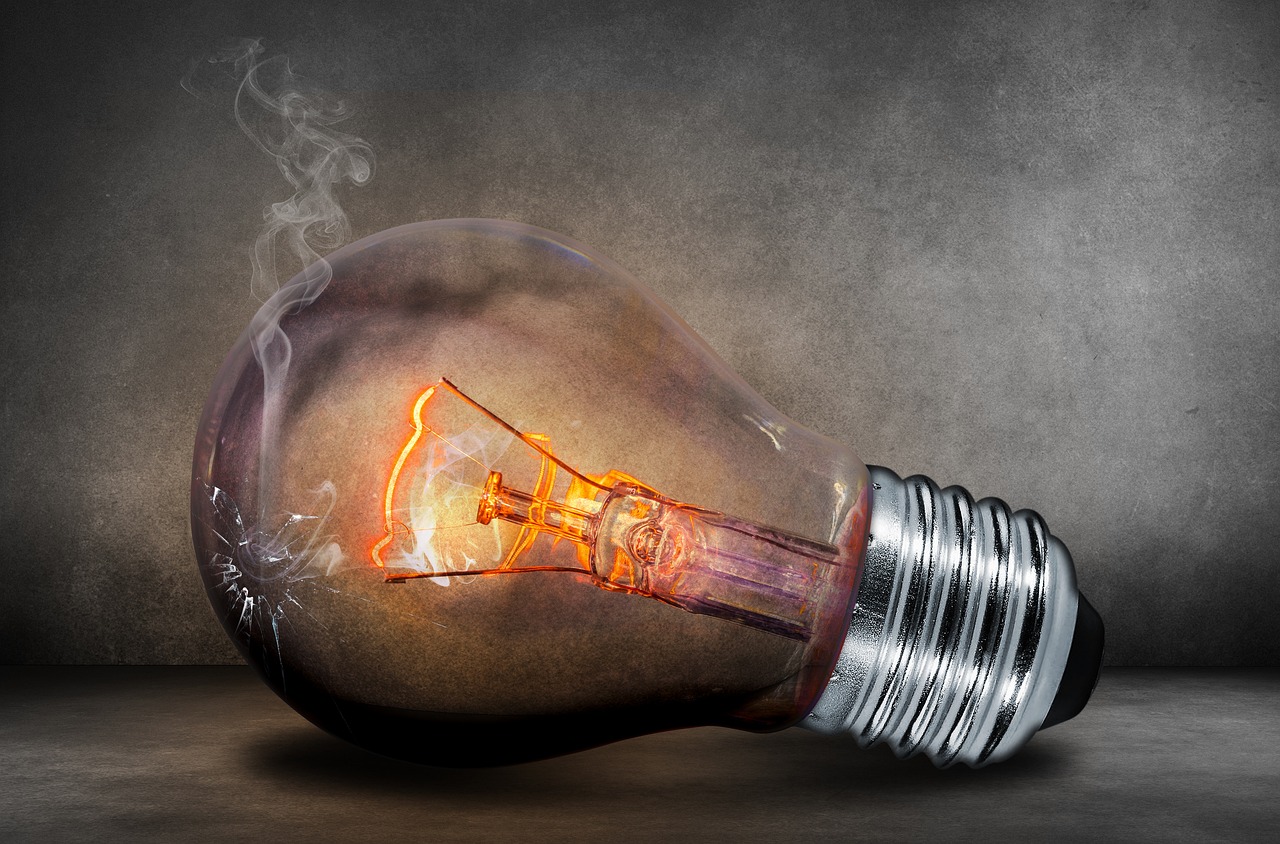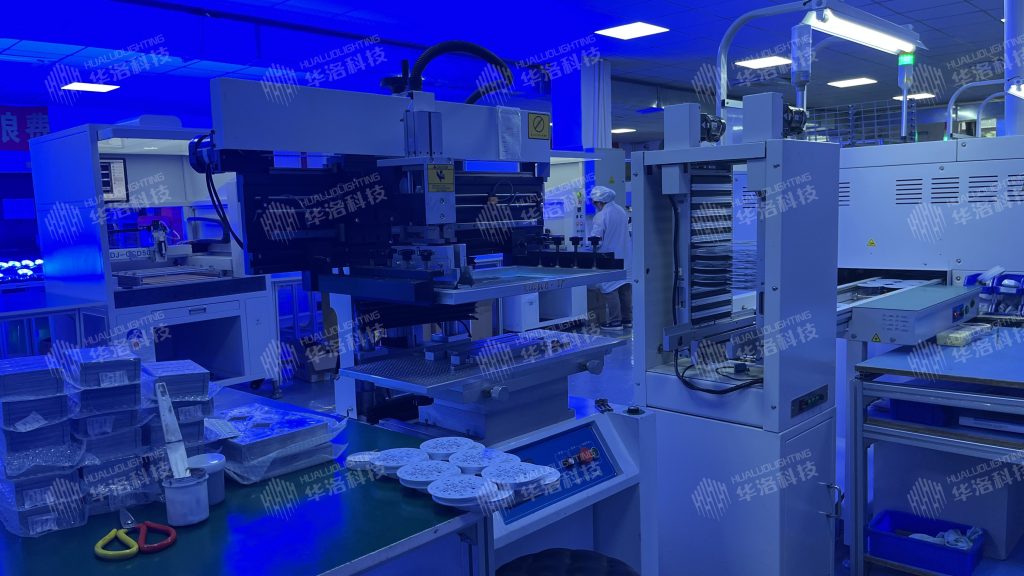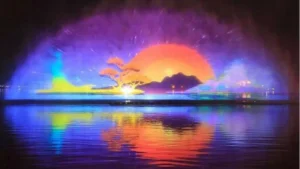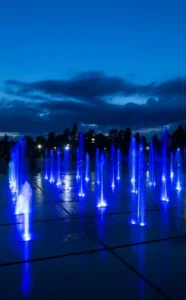- Product Knowledge
Light Decay in LED Underwater Lights
LED lighting has emerged as the predominant choice for underwater illumination due to its safety, energy efficiency, and versatility. However, even with its myriad benefits, LED underwater lights are not immune to light decay. In this article, we delve into the phenomenon of light decay and explore effective strategies for managing it to prolong the lifespan and performance of your LED underwater lighting systems.
Unveiling Light Decay

Light decay, also known as luminous flux depreciation, refers to the gradual decrease in luminous intensity over time. It stems from the inherent characteristics of the luminescent materials within LED lighting devices. While modern LEDs boast impressive longevity, it’s essential to understand the factors that contribute to light decay and how to address them effectively.
Factors Contributing to Light Decay in LED Underwater Lights
1. Heat
Heat stands out as the primary catalyst for light decay in LED underwater lights. During the conversion of electrical energy into light, a portion of the energy is inevitably transformed into heat, leading to a rise in temperature within the LED fixture. Several factors exacerbate this issue:
- Utilization of inferior LEDs with poor heat dissipation properties.
- Inadequate heat dissipation capabilities within the LED chip or fixture design.
- Overdriving the LED with excessive current, intensifying heat generation and accelerating light decay.
2. Corrosion
LED chips are vulnerable to corrosion when exposed to acidic, alkaline, or saline environments. Corrosion not only compromises the structural integrity of the LED but also diminishes its luminous output and overall performance. Proper protection and maintenance are crucial for mitigating corrosion-related light decay.
3. Insufficient Protection
Inadequate protection against environmental elements, particularly water ingress, poses a significant risk to LED underwater lights. Substandard waterproofing can lead to short circuits, corrosion, and premature failure, underscoring the importance of robust IP68-rated protection for underwater applications.
4. Irregular Use
Non-standard installation practices and operational misuse can hasten light decay even in high-quality LED lights. Adhering to industry best practices during installation, usage, and maintenance is paramount for preserving the longevity of LED underwater lighting systems.
Strategies for Managing Light Decay
1. Invest in High-Quality LED Underwater Lights
Opt for LED fixtures from reputable manufacturers known for their superior quality and reliability. Look for products featuring renowned LED chip brands, high IP protection ratings, and comprehensive certifications.
HUALUOLIGHTING: A Trusted Name in LED Lighting

HUALUOLIGHTING specializes in LED fountain and landscape lights crafted with premium components, including CREE/OSRAM or EPISTAR LED chips renowned for their exceptional performance and durability. Our products undergo rigorous testing for waterproofing, salt spray resistance, and aging, backed by a 2-3 year warranty for added peace of mind.
By understanding the underlying causes of light decay and implementing proactive measures to address them, you can maximize the longevity and performance of your LED underwater lighting systems. Choose quality, prioritize maintenance, and partner with trusted suppliers like HUALUOLIGHTING to illuminate your underwater spaces with brilliance and reliability.



